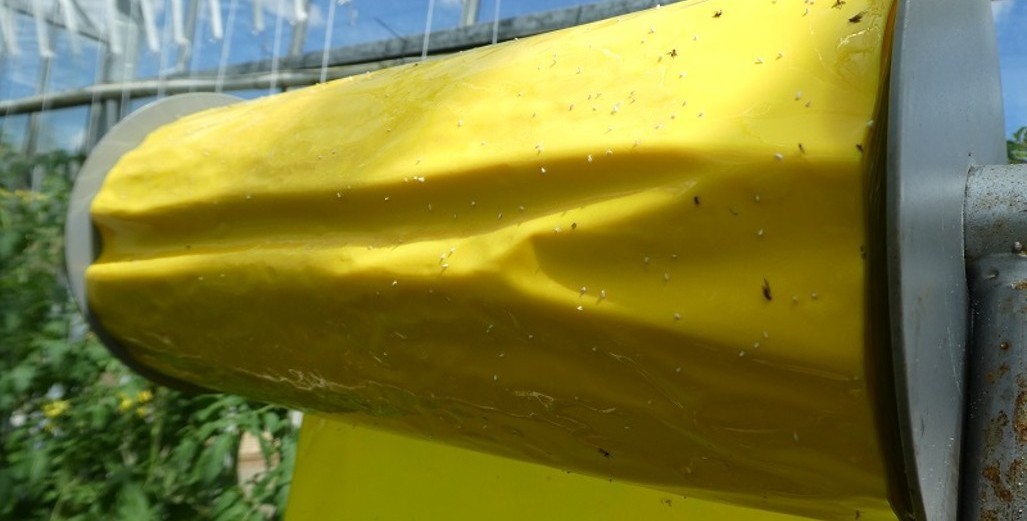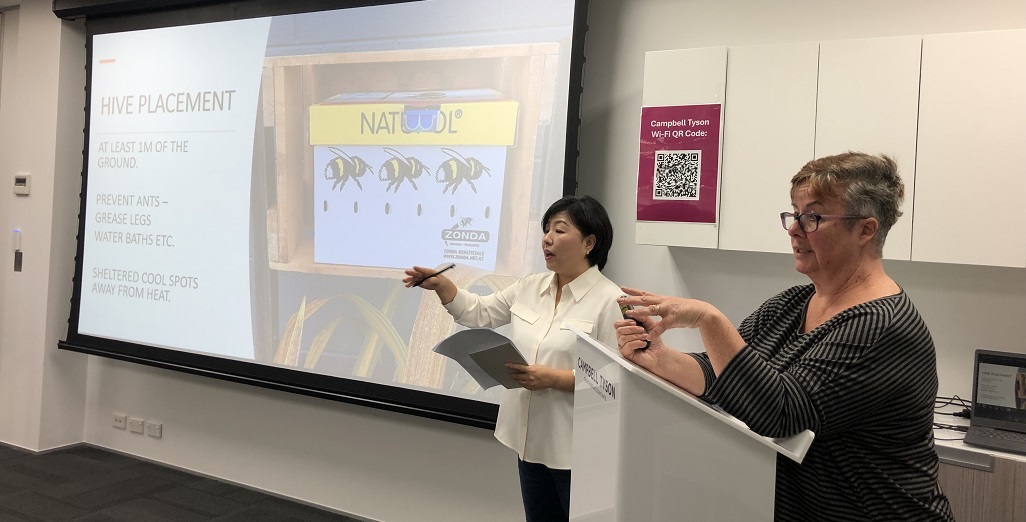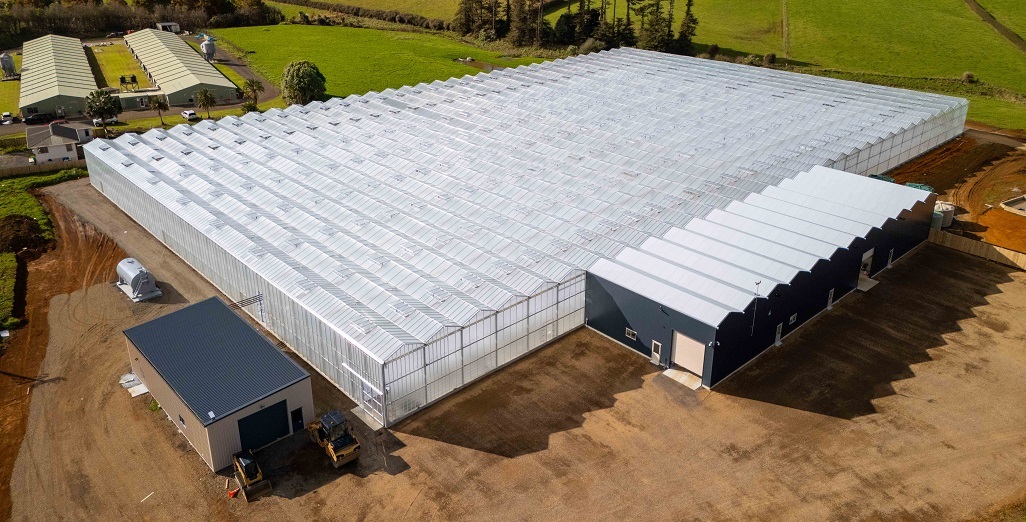Sign up here to subscribe to the Grower2grower Ezine. Every two weeks you will receive new articles, specific to the protected cropping industry, informing you of industry news and events straight to your inbox.
Jan 2020
Pest Insect Update

Hot weather sees surge in pest pressure
Psyllids
Unfortunately, last week I spotted psyllid yellow plants. I had spotted Psyllids approximately six weeks ago on this crop, while carrying out a routine visit. Even though the corrective (annihilation) measures were undertaken my fear that Candidatus Liberibacter has been transmitted by those psyllids has come to light. The full extent of the damage is still undetermined, only in the coming months will total plant losses be calculated. This is not an isolated case, I have been informed that other growers are removing plants.
White fly
A physical control I have had encouraging results with over the past several months has been de-leafing out the pupa stage before it develops into its adult form. This requires de-leafing approximately three to four leaves in the belly of the plant, alternatively only keep 6-7 leaves plus the head on the plant (varieties may differ).
This has worked particularly well with cherry tomatoes. This advice was kindly offered to me by an experienced international consultant, after reading a previous Grower2Grower article. I was very sceptical at first but with the limitation and resistance to chemicals, and the time involved with spraying soaps and oils, including continual damage from spraying can cause it convinced me to ask a grower to experiment on part of his crop.
With every action it may change the plants growth/production. I recommend extreme caution and to discuss with me first before trying or experimenting/implementing this option. I have not tried this strategy for large standard truss or loose tomatoes, it may require removing the flowering truss or prune the three most recently set trusses to half of what you would normally.
If you time it correctly, with targeted spraying on other life cycles, you can definitely gain some much needed relief, to help reduce whitefly numbers and reduce spraying frequency. Again, I reiterate please either try on a very small area or contact me to discuss further.
Removing the leaf area before whitefly develop from the pupa stage of their life cycle may be an option for certain cultivars
Aphids
The weather is perfect for these pests, last week a cucumber crop was showing signs of being rapidly infested with aphids.
Thrips
The fourth of the insects starting to cause issues, especially for cucumber growers will be Thrips. Again, not much you can do except make sure you put your Beneficial’s in from day one, and keep the beneficial numbers up. This will buy you much needed time and drastically reduce chemical intervention.
Below is an extract I found on the internet. Even though it is directed at citriculture it was very interesting to read the effects Candidatus Liberibacter has internationally : Source https://link.springer.com/article/10.1007/s40858-020-00386-1
Citrus huanglongbing (HLB) represents a major threat to citriculture due to its rapid spread, difficulty of control, severe yield losses, and substantial increases in production costs in HLB-affected orchards. Successful management depends on detailed knowledge of the epidemiology of this disease, which is associated with phloem-limited bacteria of the genus Candidatus Liberibacter that are transmitted by phloem sap–feeding insects known as psyllids (Hemiptera: Psylloidea). Candidatus L. asiaticus (CLas) and the Asian citrus psyllid Diaphorina citri Kuwayama are the major etiological agent and vector, respectively, in the Americas and Asia. This review provides up-to-date information on the relationships of psyllid vectors with Ca. Liberibacter spp. associated with HLB, with emphasis on D. citri and CLas. Knowledge of the transmission mechanisms of these bacteria, as well as aspects of the biology, ecology, and behavior of the vector in relation to the environment, is essential to gain understanding of the HLB epidemics. Such knowledge provides a basis for developing innovative control methods and establishing sustainable management strategies for HLB.
I appreciate your comments. Please feel free to comment on the grower2grower Facebook page:
https://www.facebook.com/StefanGrower2grower/
Article Written and compiled by Stefan Vogrincic, Consultant, Grower2Grower
Article Edited by Marie Vogrincic, Editor, Grower2Grower
CLASSIFIED
Subscribe to our E-Zine
More
From This Category

Tomato grower applies Tobre after contamination

KWS inaugurates new R&D facility in Uberlândia, Brazil

John van Santen joins the management of Metazet

Workshop for Auckland’s Korean tomato growers held last week

Could the Global Boom in Greenhouses Help Cool the Planet?

























